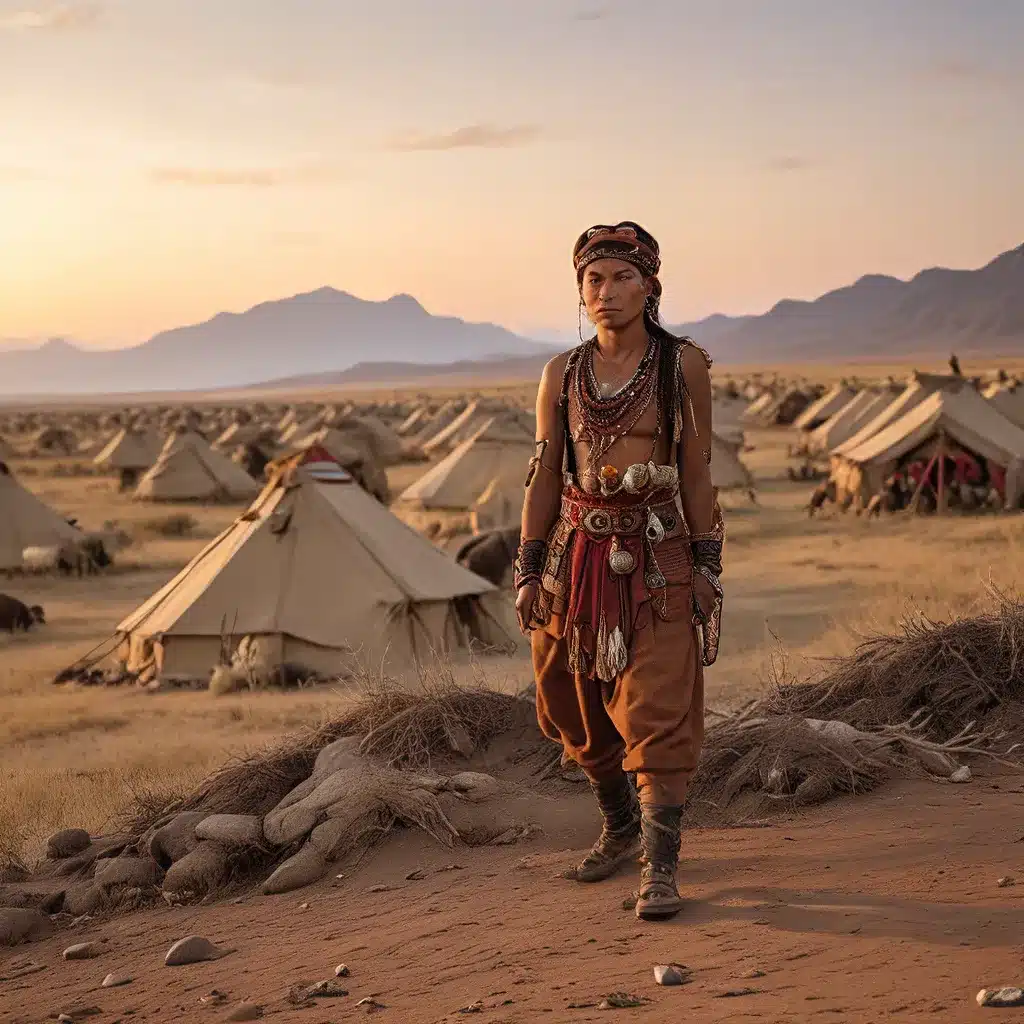
The Footsteps of Our Ancestors
Exploring the Paths of Early Human Migration
The story of humanity’s expansion across the globe is a captivating tale of exploration, adaptation, and the innate human desire to discover new frontiers. From the cradle of civilization in Africa to the remote corners of the world, our ancestors embarked on journeys that shaped the course of human history. Unraveling the mysteries of these migratory paths has become a fascinating pursuit for archaeologists, anthropologists, and historians alike.
One remarkable individual, Paul Salopek, an award-winning journalist and National Geographic Explorer, has taken it upon himself to retrace the steps of our forebears. His Out of Eden Walk is a monumental endeavor, spanning a decade-long journey from Ethiopia to the southernmost tip of South America. As he traverses the landscapes that once witnessed the ebb and flow of human migration, Salopek is documenting the stories of the people he encounters, weaving a tapestry of our shared ancestral past.
The Cradle of Humanity
The origins of our species, Homo sapiens, can be traced back to the African continent, a region often referred to as the “Cradle of Humanity.” The Herto Bouri site in Ethiopia, where Salopek began his epic journey, holds a significant place in this narrative. Here, the fossilized remains of the Herto man, dating back approximately 160,000 years, have provided invaluable insights into the earliest known modern humans.
These early hominins, our direct ancestors, were hunter-gatherers who relied on crude stone tools to scavenge and process their food. The Gona site in the Great Rift Valley of Ethiopia, with its 26-million-year-old artifacts, demonstrates the ingenuity of these early toolmakers, who were driven by the necessity to survive in their harsh environment.
As the climate in Africa shifted, with periods of drought and greening, the first modern humans began to venture out of their ancestral homeland. Evidence suggests that this migration occurred between 60,000 and 90,000 years ago, with the Middle East serving as a gateway for these pioneering explorers.
Settling Down and the Birth of Agriculture
The transition from a nomadic, hunter-gatherer lifestyle to a more sedentary, agricultural existence marked a significant turning point in human history. The Natufian culture of the Wadi Natuf valley in the West Bank provides a prime example of this remarkable transformation.
Around 10,000 to 13,000 years ago, the Natufians, once mobile in their pursuit of food, began to settle down and cultivate the abundant local grains. This shift towards food production had profound implications, allowing for the establishment of larger human settlements and the diversification of societal roles. However, this new way of life also brought about its own challenges, such as the increased prevalence of infectious diseases due to the close proximity of larger populations.
Exploring the Crossroads of Civilizations
The Dmanisi site in Georgia holds a unique place in the story of human migration. As a bridge between Europe and Asia, this location has been a popular crossroads for almost two million years, as evidenced by the layered archaeological remains found there.
Salopek’s visit to the nearby National Museum allowed him to witness firsthand the 18-million-year-old fossil remains of one of our early ancestors. These skulls have challenged and refined scientists’ understanding of human evolution, revealing a mixture of features from different hominin species.
Notably, one of the Dmanisi skulls provided evidence of compassionate behavior, suggesting that these early hominins cared for their weaker members, even those who could not survive on their own. This remarkable discovery sheds light on the social and cognitive abilities of our distant forebears, underscoring the deep-rooted connections that have shaped our shared humanity.
Tracing the Ancestral Pathways
As Paul Salopek continues his epic Out of Eden Walk, he is not only retracing the steps of our ancient ancestors but also connecting with the diverse cultures that inhabit the lands he traverses. From the nomadic Afar herders in Ethiopia to the refugees in Turkey and the policeman in Pakistan, each individual he encounters shares a common thread: their ancestral roots can be traced back to the African continent.
This shared heritage, despite the myriad of languages, ethnicities, and cultural traditions, serves as a powerful reminder of our fundamental unity as a species. Salopek’s journey, a living testament to the resilience and adaptability of our ancestors, invites us to reflect on our own place in the grand tapestry of human history.
By unraveling the mysteries of ancient migrations, we gain a deeper understanding of the forces that have shaped our world, from environmental changes to technological advancements and the evolution of human societies. This knowledge not only enlightens us about our past but also inspires us to consider the challenges and opportunities that lie ahead as we continue to explore and expand our horizons.
The Lost Kingdoms is dedicated to uncovering the captivating stories of ancient civilizations and their enduring legacies. By delving into the rich tapestry of human history, we can better appreciate the resilience and ingenuity of our ancestors, and apply these lessons to the ever-evolving world we inhabit.


